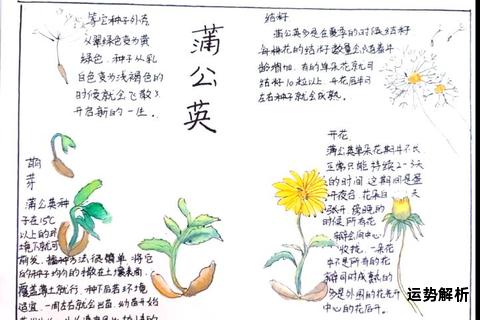Cultivating Blooms: A Comprehensive Guide to Flower Gardening
Gardening, particularly flower cultivation, is a practice that combines art, science, and patience. For those venturing into this rewarding hobby, understanding the nuances of planting, nurturing, and maintaining flowers is essential. Below, we explore key aspects of flower gardening through actionable insights and practical recommendations.
1. Selecting the Right Flowers: Climate and Soil Compatibility

The foundation of successful flower gardening begins with selecting species suited to your local climate and soil type. For instance, roses thrive in temperate zones with well-drained loamy soil, while marigolds adapt well to arid conditions. Research your region’s USDA Hardiness Zone to identify plants that can withstand local temperature extremes.
Pro Tip:
Conduct a soil pH test (ideal range: 6.0–7.0 for most flowers). Amend acidic soil with lime or alkaline soil with sulfur to optimize nutrient absorption.
2. Seed Germination: Timing and Techniques
Seed planting requires precision. Cool-season flowers like pansies should be sown in early spring, while warm-season varieties like zinnias fare better after the last frost. Pre-soaking hard-coated seeds (e.g., sweet peas) in water for 12–24 hours accelerates germination.
Step-by-Step Guide:
1. Fill trays with sterile seed-starting mix.
2. Plant seeds at a depth twice their diameter.
3. Maintain consistent moisture using a spray bottle.
4. Provide 14–16 hours of daily light via grow lamps.
3. Watering Strategies: Avoiding Overhydration
Overwatering is a common pitfall. Flowers like lavender and succulents prefer dry intervals, whereas hydrangeas demand frequent watering. Use the "finger test": Insert a finger 1–2 inches into the soil. If dry, water thoroughly until drainage occurs.
Recommendation:
Install drip irrigation systems for even moisture distribution. Mulching with straw or bark reduces evaporation and suppresses s.
4. Pest Management: Organic Solutions
Aphids, slugs, and spider mites can devastate blooms. Combat infestations organically:
Caution:
Avoid synthetic pesticides, which harm pollinators like bees.
5. Pruning and Deadheading: Encouraging Growth
Regular pruning enhances airflow and light exposure. For perennials like peonies, trim dead stems in late fall. Deadheading spent blooms (e.g., petunias) redirects energy toward new flower production.
Tools Needed:
6. Seasonal Care: Preparing for Winter
In colder climates, protect tender perennials by:
Insight:
Winter is an ideal time to plan next year’s garden layout. Sketch designs that incorporate color gradients or thematic arrangements.
7. Troubleshooting Common Issues
Final Thoughts
Flower gardening is a dynamic journey of learning and adaptation. By aligning plant choices with environmental conditions, adopting sustainable practices, and refining techniques over time, even novices can cultivate vibrant, thriving gardens. Document progress in a journal to track successes and areas for improvement—every wilted petal is a lesson leading to future blossoms.
This guide synthesizes botanical principles with hands-on experience, offering a roadmap to transform any patch of earth into a floral haven. Happy gardening!


